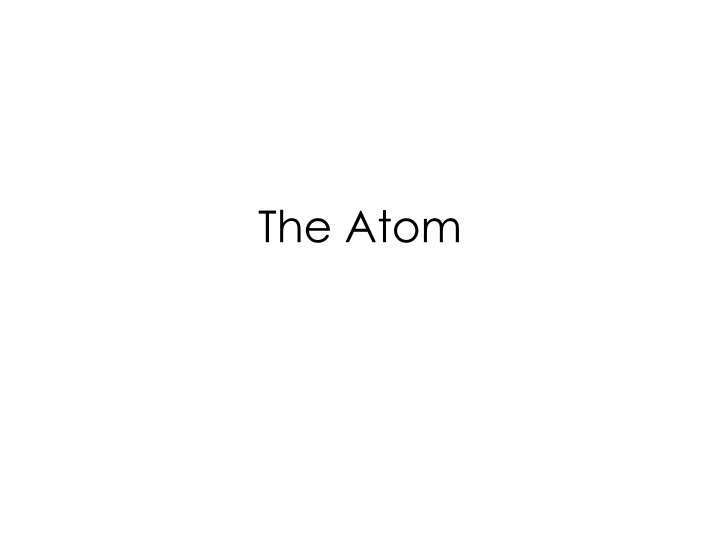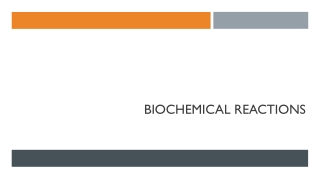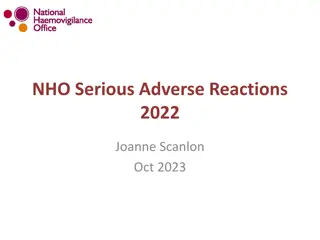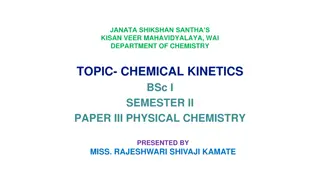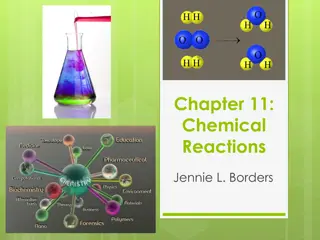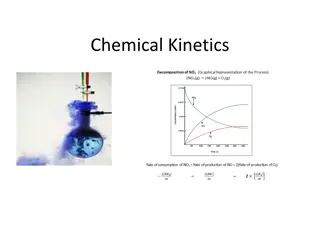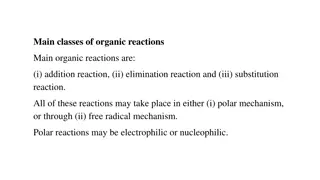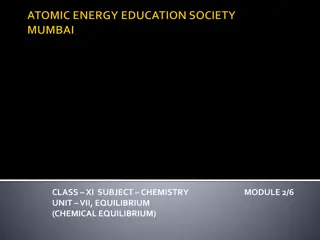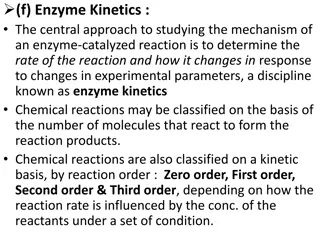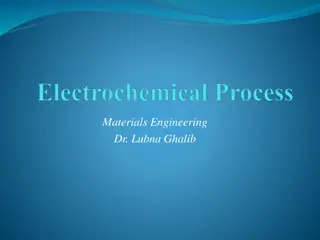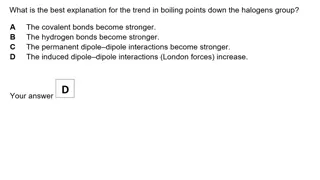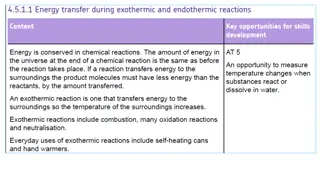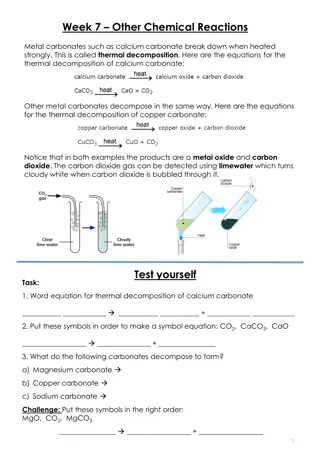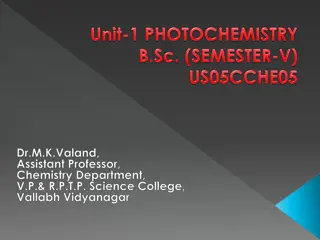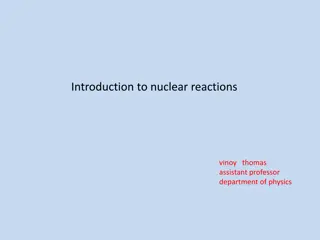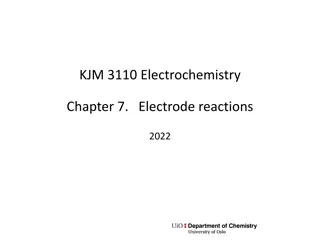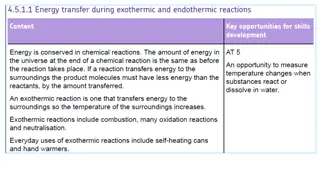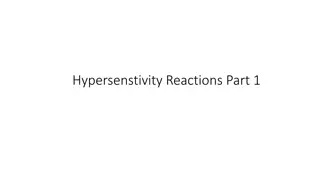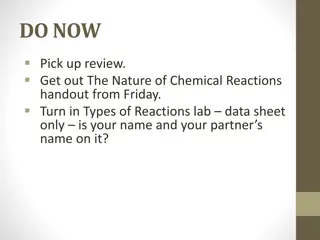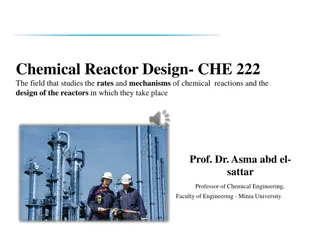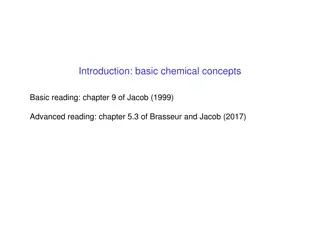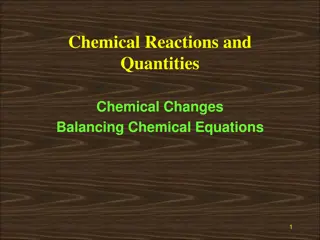Chemical Reactions
Today's lesson focuses on the law of conservation of mass in chemical reactions, practicing balancing equations, and understanding the creation process of reaction recipes using colored blocks and atom inventory charts.
Download Presentation

Please find below an Image/Link to download the presentation.
The content on the website is provided AS IS for your information and personal use only. It may not be sold, licensed, or shared on other websites without obtaining consent from the author.If you encounter any issues during the download, it is possible that the publisher has removed the file from their server.
You are allowed to download the files provided on this website for personal or commercial use, subject to the condition that they are used lawfully. All files are the property of their respective owners.
The content on the website is provided AS IS for your information and personal use only. It may not be sold, licensed, or shared on other websites without obtaining consent from the author.
E N D
Presentation Transcript
All particles have charge Image result for charged particles
The concept of charge has allowed us to make lots of discoveries about the atom
Different models of the atom - - - - - + - + + - - - - - -
- + - - - + - + - - - + - + - - - - + + - - -
- - + + - - - - + + - - - + - + - - - - + - -
If you blew up an atom to the size of a football stadium the nucleus would be the size of a marble
Label the diagram on the sheet. Answer questions 10-17 This is an electron. It travels around the nucleus Protons and neutrons can be found in the nucleus Image result for sodium atom diagram This is the nucleus the centre of the atom There is only empty space in between the nucleus and the shells This is a shell. It shows the path the electrons take as they go around the nucleus
Relative masses of protons, neutrons and electrons Mass: 70kg 35kg 140kg 10kg Relative mass: 1 1/2 2 1/7
Proton (kg) Neutron (kg) Electron (kg) 1.67 10-27 1.67 10-27 9.11 10-31 Mass Relative mass 1 1 0
Atomic number the small number Total number of protons in an atom Mass number the big number Total number of protons +neutrons in an atom To work out number of neutrons: mass number atomic number
Eg 1: Helium Eg 2: Lithium Eg 3: Chromium (Cr) Read page 4 and answer questions 25- 27
Chlorine Atomic number: 17 Mass number: 35.5 Difference: 18.5
Cl-35 p = 17 n = 18 Cl-35 p = 17 n = 18 They are called isotopes atoms of the same element (so same number of protons) but with different numbers of Cl-37 p = 17 n = 20 They have to have the same number of protons otherwise they would be different elements neutrons They can have different numbers of neutrons neutrons are like the glue that holds the nucleus together Cl-35 p = 17 n = 18 If three have a mass of 37 and 1 has a mass of 35, what is the mean mass?
Chadwick used an experiment to discover the neutron This allowed scientists to explain the existence of isotopes As isotopes have same number of protons but different number of neutrons
Electronic Structure electrons determine how an atom reacts. There are the same number of electrons as protons in an atom This means the charges balance
Electronic Structure - - - - + + - - - -
Examples: Lithium Neon Potassium
